In the medical field, plastic products are widely used in various medical devices and consumables due to their unique performance advantages, such as light weight, corrosion resistance, and ease of processing. However, the issue of strength reduction in medical plastic products is like a hidden "killer" that can seriously affect the performance and safety of the products, posing potential risks to medical work. So, what exactly are the factors that lead to the strength reduction of medical plastic products? Below, we will conduct a detailed analysis from three aspects: injection molding equipment, injection molding process, and injection mold design.
Injection Molding Equipment Factors
-
Plastic Decomposition: During the injection molding process of medical plastic products, if the working parameters of the injection molding equipment are set unreasonably, such as excessively high heating temperature or prolonged heating time, the plastic may decompose. This decomposition will change the structure of the plastic molecular chains, disrupting the originally stable molecular structure and significantly reducing the plastic's performance, thereby lowering the strength of the products. For example, some temperature-sensitive medical-grade plastics are prone to decomposition when exposed to high temperatures for an extended period, affecting product quality.
-
Excessive Use of Regrind Plastic: To reduce costs, regrind plastic is sometimes used in the production of medical plastic products. However, the performance of regrind plastic is already inferior to that of new material. If the number of regrind times is too high, its performance will further deteriorate. Each regrind processing can damage the plastic molecular chains to a certain extent, reducing the molecular weight and thus decreasing the strength of the products. Moreover, regrind plastic may also contain impurities, further affecting the plastic's performance.
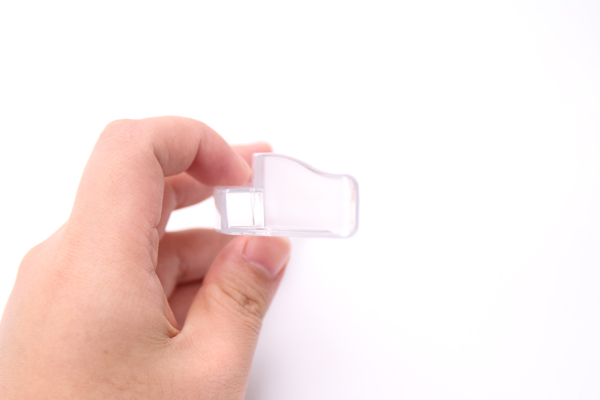
Injection Molding Process Factors
-
Improper Injection Molding Temperature: The injection molding temperature has a crucial impact on the strength of medical plastic products. If the injection molding temperature is too low, the plastic will not melt completely in the injection mold and cannot fully flow and fill the mold cavity. This results in the presence of unmelted plastic particles inside the product, which become weak points and reduce the product's strength. Conversely, if the temperature is too high, in addition to potentially causing plastic decomposition, it may also lead to plastic degradation, shortening the molecular chains and reducing the strength.
-
Plastic Moisture without Complete Drying: If medical plastics absorb moisture during storage and transportation and are not completely dried before injection molding, bubbles will form during the injection process. These bubbles disrupt the internal structure of the plastic products, creating stress concentration points and thus reducing the product's strength. Especially for some moisture-sensitive medical plastics, such as polyamides, the impact of moisture is more significant.
-
Poor Plastic Welding: During injection molding, the plastic in the molten state needs to be well-welded to ensure the strength of the product. If the welding is poor, weak points will appear at the joints of the product, making it prone to breakage during use. Poor welding may be due to improper injection molding process parameters, such as unsuitable injection speed and pressure, which prevent the plastic melt from fully fusing.
Injection Mold Design Factors
-
Improper Gate Location: The gate is the channel through which the plastic melt enters the mold cavity, and its location has an important impact on the strength of medical plastic products. If the gate location is improperly selected, it may lead to uneven flow of the plastic melt in the cavity, resulting in defects such as weld lines and bubbles, which affect the product's strength. For example, placing the gate at a weak part of the product may further reduce the strength of that area.
-
Sharp Corners and Notches in Product Design: In the design of medical plastic products, the presence of sharp corners and notches can cause stress concentration. When the product is subjected to external forces, stress will concentrate at these sharp corners and notches, significantly reducing the strength of these areas and making them prone to breakage. Therefore, when designing medical plastic products, sharp corners and notches should be avoided as much as possible, and rounded transitions should be used to disperse stress and improve the product's strength.
-
Insufficient Plastic Thickness around Metal Inserts: In some medical plastic products, metal inserts are embedded to meet specific functional requirements. If the thickness of the plastic around the metal inserts is insufficient, stress concentration is likely to occur at the junction between the metal inserts and the plastic when the product is subjected to external forces, leading to plastic cracking and insufficient strength. Therefore, the thickness of the plastic around the metal inserts should be reasonably determined during design to ensure the product's strength.
-
Low Injection Mold Temperature: The injection mold temperature also has an important impact on the molding quality and strength of medical plastic products. If the mold temperature is too low, the plastic product will not melt completely, and the rapid cooling will cause internal stresses in the product, reducing its strength. Moreover, uneven mold temperature will also lead to uneven shrinkage of the product, causing deformation and affecting the product's strength and dimensional accuracy.
In conclusion, the reasons for the strength reduction of medical plastic products are diverse, involving multiple aspects such as injection molding equipment, injection molding process, and injection mold design. In the production process of medical plastic products, we need to precisely control and handle these factors, from equipment selection and process parameter optimization to mold design improvement, to improve the strength and quality of medical plastic products and ensure their safe and reliable use in the medical field.
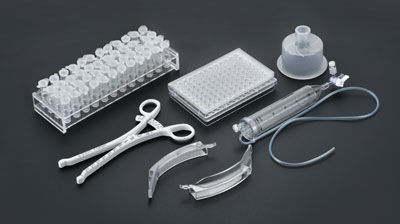
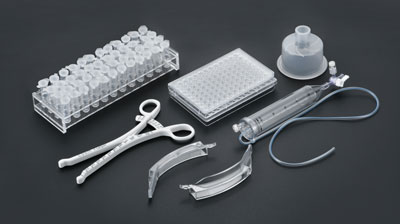
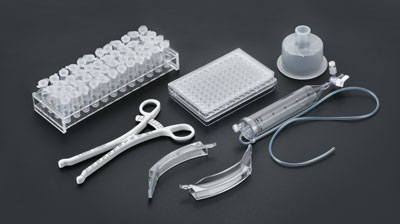

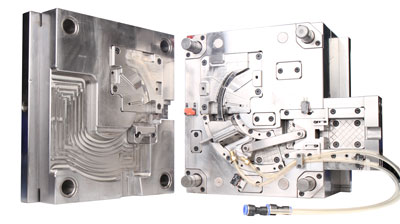
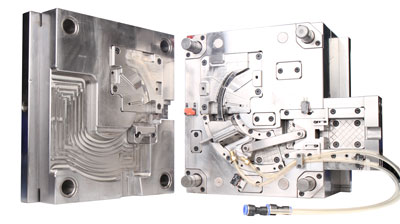
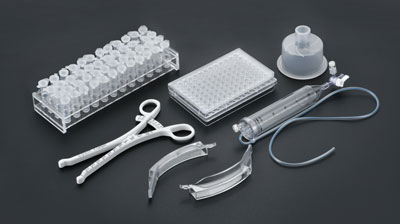








 Home
Home